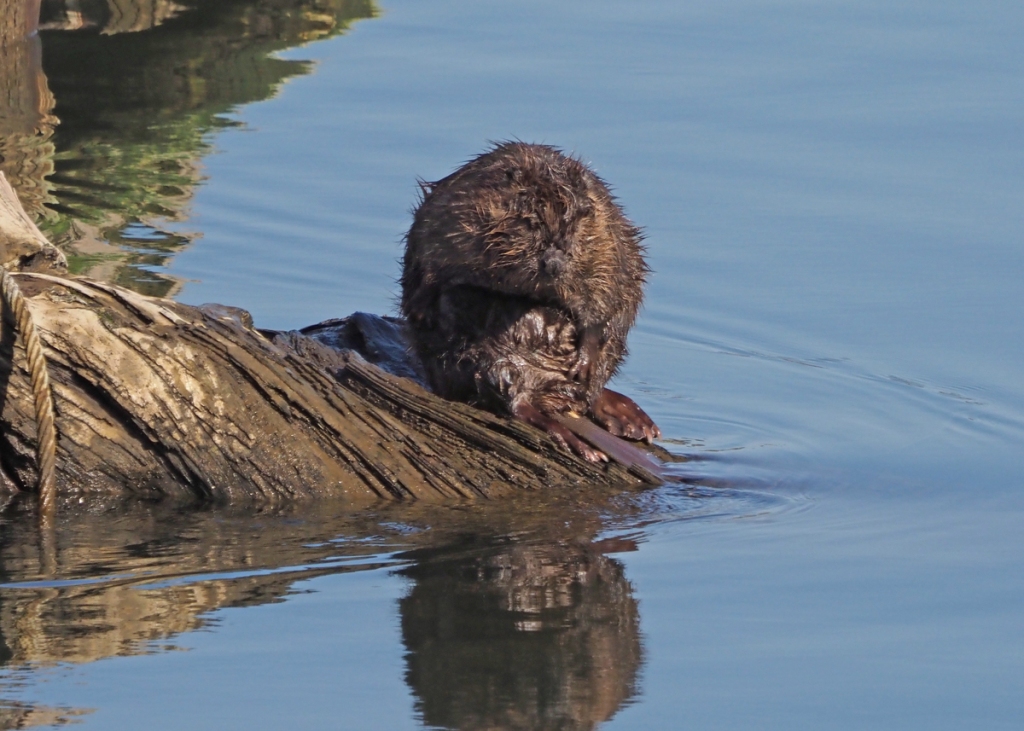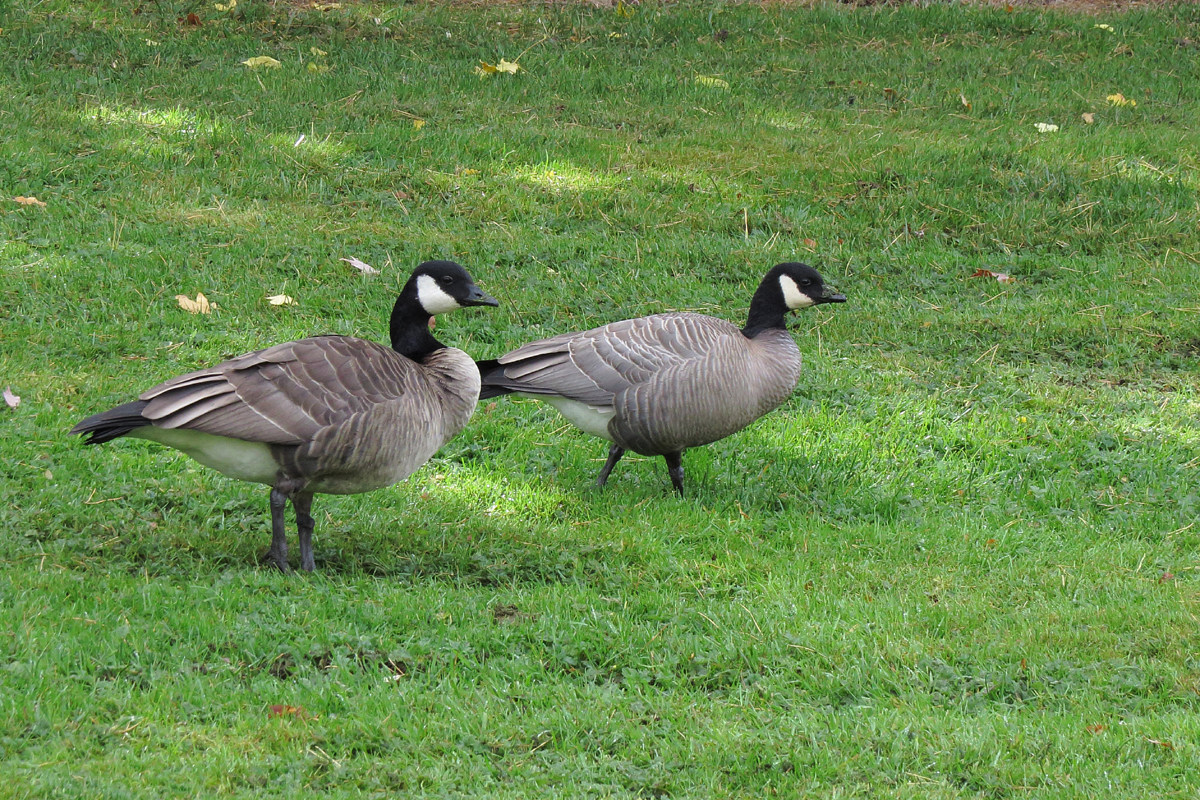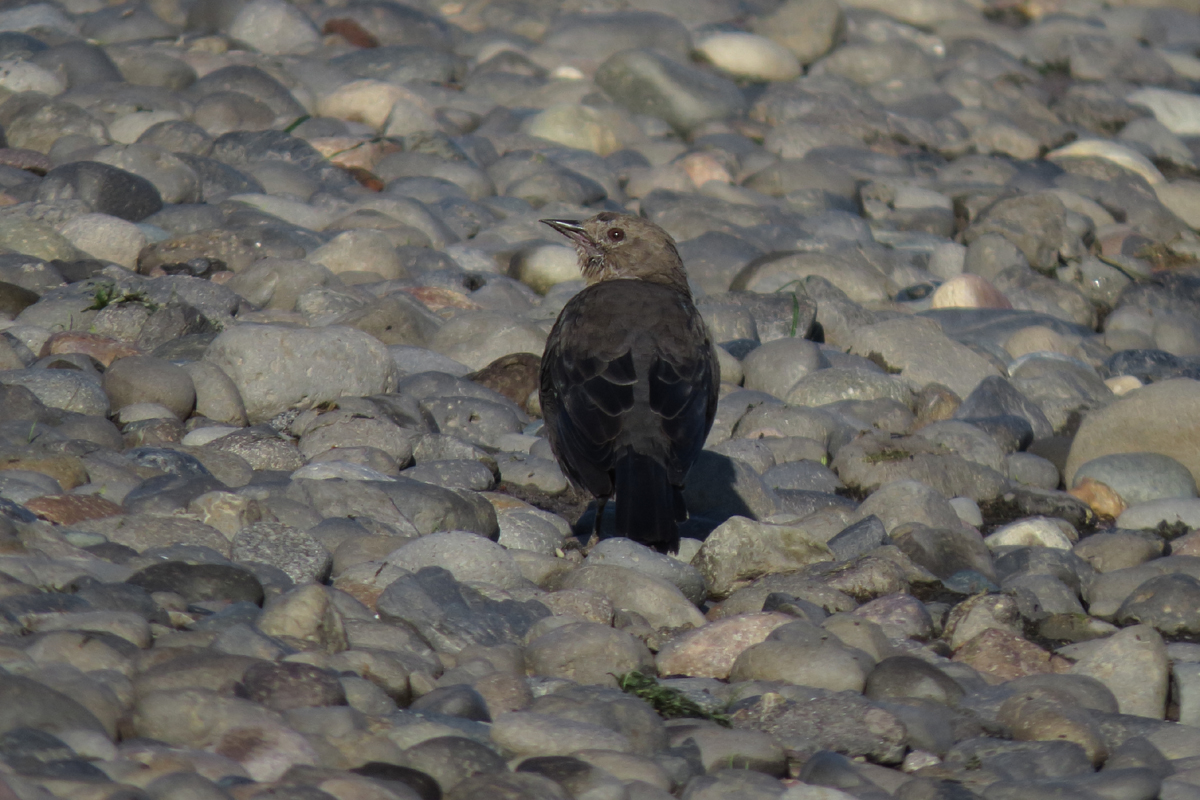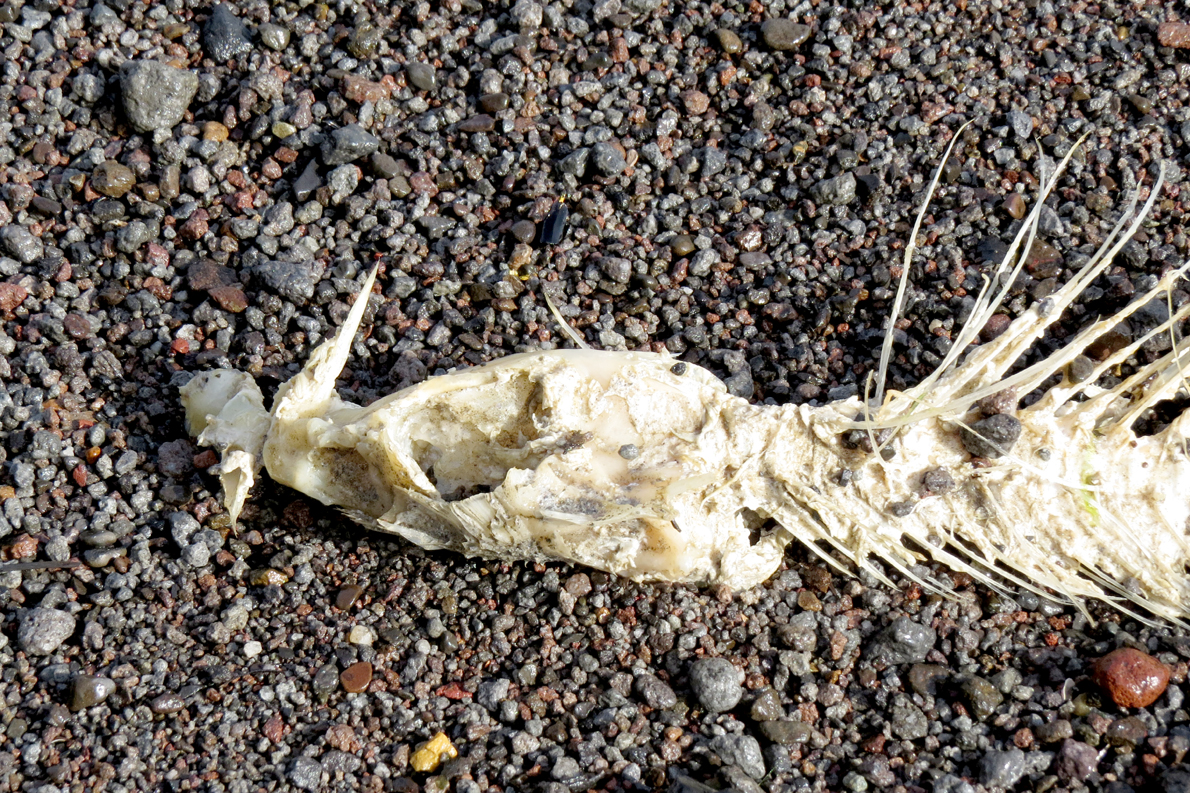
We are in that slow time when winter is starting to tire out and there are signs of spring. Here are some random images from the past few weeks.





Happy Spring







Happy Spring

Between the holidays, work, and family activities, there has been very little birding in recent weeks. One of the more enjoyable outings was a hike on Larch Mountain. The dogs loved the snow and it was great to get outside and hike around for four hours. Birds, as expected this time of year at this location, were very few. But we did hear a few kinglets, chickadees, and a flock of Red Crossbills.
The big new thing in 2019 is the Five Mile Radius, the brainchild of Jen Sanford of I Used to Hate Birds. This is where you concentrate your birding efforts to within five miles of your home and see how many species you can find within that circle. Not only does this reduce your gas consumption, but it forces you to explore many areas close to home that you normally wouldn’t. Who knows what avian goodies and birdy little patches you can discover?
Most of my 5MR efforts so far have been keeping track of birds I see at the dog park and at home, but I have already exceeded 50 species, and have yet to visit any wooded habitats or open fields.
If the recent gale-force winds ever die down, I look forward to getting out and racking up some more local species.
Happy Winter

On a recent trip to Commonwealth Lake Park in Beaverton, I had the opportunity to observe Taverner’s and Ridgeway’s Cackling Geese side-by-side. Taverner’s are larger, with pale breasts and slightly longer bills. Ridgeway’s have dark, iridescent breasts (on adults) and stubby little bills.

Here is a close look at a Taverner’s Cackling Goose, the subspecies most likely to be confused with Lesser Canada Goose. Lesser Canada Geese have thinner necks and slightly longer bills.

The bill on a Ridgeway’s Cackling Goose is thick and stubby, and the neck often appears very short and thick. This subspecies is generally regarded as the most adorable.

Another fun goose at Commonwealth that day was this Greater White-fronted Goose. A few of these have been hanging out at Commonwealth the past few winters.

Not a goose, but a gorgeous bird when you get a close enough view, is this Double-crested Cormorant. You can expect to see a few of these whenever you visit this site.
The American Wigeon flock was pretty small this day, but I expect the wintering birds to increase in the coming weeks.
I have updated the Classes page to show all the classes I currently have scheduled. I would love to share what I know (that part doesn’t take long) and then go birding with you. Check it out.
I have also updated the Updates and Corrections page for Birding Oregon. There are several sites in Tillamook County that are currently not open to birding due to construction projects or the county’s tendency to fall into the Pacific Ocean.
The headquarters at Malheur National Wildlife Refuge remain closed following the armed occupation by inbred troglodytes in January and February of 2016.
Lest you think this entire post is bad news, please enjoy this photo of a lovely Barred Owl that was snoozing on our property on a recent evening. Cheers.
 Broughton Beach, along the Columbia River, has been a favorite spot in Portland to check for shorebirds, gulls, and waterfowl, depending on the season. On my recent visit I enjoyed watching a family of Horned Larks working the beach. There are many subspecies of Horned Lark, and I don’t have a reference that provides a good description of the possible subspecies in this area. These birds had much more yellow on their faces than did the birds I saw recently on Mount Hood.
Broughton Beach, along the Columbia River, has been a favorite spot in Portland to check for shorebirds, gulls, and waterfowl, depending on the season. On my recent visit I enjoyed watching a family of Horned Larks working the beach. There are many subspecies of Horned Lark, and I don’t have a reference that provides a good description of the possible subspecies in this area. These birds had much more yellow on their faces than did the birds I saw recently on Mount Hood.
 This juvenile showed more muted colors and lacked the distinctive facial pattern of the adults.
This juvenile showed more muted colors and lacked the distinctive facial pattern of the adults.
 I’m not sure if this bird is a juvenile or an adult female.
I’m not sure if this bird is a juvenile or an adult female.
 adult female, I think
adult female, I think
 adult male, I think
adult male, I think
 adult male
adult male
 Not a Horned Lark, but Brewer’s Blackbirds are among my favorites. This is a female.
Not a Horned Lark, but Brewer’s Blackbirds are among my favorites. This is a female.
 And we end with a ball of fluffy cuteness. I was surprised to find such a young Killdeer so late in the summer.
And we end with a ball of fluffy cuteness. I was surprised to find such a young Killdeer so late in the summer.
 I moved at the end of last year. It was not a great distance (less than 100 yards as the finch flies), but I was anxious to see how long it would take the birds to find my feeders. When people ask me that question, I generally tell them between six minutes and six months. The Anna’s Hummingbirds found their feeders almost immediately. The seed feeder sat unnoticed for about a week.
I moved at the end of last year. It was not a great distance (less than 100 yards as the finch flies), but I was anxious to see how long it would take the birds to find my feeders. When people ask me that question, I generally tell them between six minutes and six months. The Anna’s Hummingbirds found their feeders almost immediately. The seed feeder sat unnoticed for about a week.
The first birds I saw were a mixed flock of Chestnut-backed Chickadees, Black-capped Chickadees, and Red-breasted Nuthatches. Not too shabby. A few House Finches came by a few days later. Things remained pretty quiet for a few weeks, but activity has recently taken an upturn. A pair of Purple Finches, including the ridiculously beautiful male pictured above, have been regular visitors. Lesser Goldfinches and Pine Siskins have joined the House Finches, and Dark-eyed Juncos and Spotted Towhees are busy on the ground under the feeder.
The biggest surprise at the feeder has been a pair of White-breasted Nuthatches, a species I never saw at the old location. These birds have eluded my efforts to obtain a photo. I am looking forward to seeing what else will appear.
 Not a feeder bird, but a Red-breasted Sapsucker spent a few days on the property.
Not a feeder bird, but a Red-breasted Sapsucker spent a few days on the property.
Several office parks in the Hillsboro area have nice open spaces that attract birds. AmberGlen has a pond next to a large lawn which attracts good numbers of gulls in winter.
 Most of the gulls on my recent visit were Ring-billed Gulls, but two Mew Gulls were in the mix. Here is a nice comparison of the two species.
Most of the gulls on my recent visit were Ring-billed Gulls, but two Mew Gulls were in the mix. Here is a nice comparison of the two species.
 Ring-billed Gull enjoying a roust
Ring-billed Gull enjoying a roust
 This Glaucous-winged Gull was rocking the lipstick.
This Glaucous-winged Gull was rocking the lipstick.
 Here is a male Eurasian Wigeon, with an American Wigeon in the background. I am guessing this is a young bird molting into his first adult plumage. It seems a little late in the season to me, but I don’t know whether this Asian species has a different molt schedule from his North American counterpart.
Here is a male Eurasian Wigeon, with an American Wigeon in the background. I am guessing this is a young bird molting into his first adult plumage. It seems a little late in the season to me, but I don’t know whether this Asian species has a different molt schedule from his North American counterpart.

 I walked the Tilley Jane trail on the east side of Mt. Hood. This trail starts near the Cooper Spur Ski Area and goes about two and a half miles up to the Tilley Jane Campground.
I walked the Tilley Jane trail on the east side of Mt. Hood. This trail starts near the Cooper Spur Ski Area and goes about two and a half miles up to the Tilley Jane Campground.
 Much of the trail goes through an area that burned a few years ago, so there are lots of standing dead trees and wildflowers.
Much of the trail goes through an area that burned a few years ago, so there are lots of standing dead trees and wildflowers.
 Burned areas are great for woodpeckers and other cavity nesters. This is a young Northern Flicker that was peeking out of her nest hole.
Burned areas are great for woodpeckers and other cavity nesters. This is a young Northern Flicker that was peeking out of her nest hole.
 Dark-eyed Junco. Yes, I can see them out my living room window, but they look better on the mountain.
Dark-eyed Junco. Yes, I can see them out my living room window, but they look better on the mountain.
 We came upon this Black-tailed Deer nursing her new fawn. If the fawn had been hidden, I think the doe would have taken off. But since the baby was exposed, they both just froze as we passed by.
We came upon this Black-tailed Deer nursing her new fawn. If the fawn had been hidden, I think the doe would have taken off. But since the baby was exposed, they both just froze as we passed by.
 This Golden-mantled Ground Squirrel looks like she might be carrying a litter.
This Golden-mantled Ground Squirrel looks like she might be carrying a litter.

 Charismatic megafauna among the lupines
Charismatic megafauna among the lupines
 At higher elevations, Cassin’s Finches became common, if not cooperative.
At higher elevations, Cassin’s Finches became common, if not cooperative.
 Along with the wildflowers are butterflies. The flowers are interesting in person, but not so much in photos. A few butterflies, like this Pacific Fritillary, posed for good looks.
Along with the wildflowers are butterflies. The flowers are interesting in person, but not so much in photos. A few butterflies, like this Pacific Fritillary, posed for good looks.
 This is a Persius Duskywing, which I had never heard of before.
This is a Persius Duskywing, which I had never heard of before.
Home improvement projects are keeping me inside lately, so here are a few images from dog walks and the bird feeder.
 Double-crested Cormorants on the Columbia River
Double-crested Cormorants on the Columbia River

 California Gull
California Gull
 former sturgeon, Columbia River
former sturgeon, Columbia River
 I only see Purple Finches once or twice a year at my feeder.
I only see Purple Finches once or twice a year at my feeder.
 young Douglas’s Squirrel in the shadows, Tualatin Hills Nature Park
young Douglas’s Squirrel in the shadows, Tualatin Hills Nature Park
 I have been visiting family in Boulder, CO, for a few days. At the western edge of the Great Plains, the bird life isn’t that much different from the Willamette Valley in Oregon, with a few nice exceptions.
I have been visiting family in Boulder, CO, for a few days. At the western edge of the Great Plains, the bird life isn’t that much different from the Willamette Valley in Oregon, with a few nice exceptions.
 an artsy image of the same Double-crested Cormorant
an artsy image of the same Double-crested Cormorant
 I am always happy to see Common Grackles, since they seldom make it to Oregon.
I am always happy to see Common Grackles, since they seldom make it to Oregon.
 This pond hosted several Killdeer (above), Spotted Sandpipers, American Avocets, and a Wilson’s Phalarope.
This pond hosted several Killdeer (above), Spotted Sandpipers, American Avocets, and a Wilson’s Phalarope.
 American White Pelicans, with Canada Goose and Ring-billed Gulls
American White Pelicans, with Canada Goose and Ring-billed Gulls
 Black-billed Magpies are fairly common here, but they tend to be rather shy, never allowing a close approach.
Black-billed Magpies are fairly common here, but they tend to be rather shy, never allowing a close approach.
 I saw lots of Eastern Kingbirds at these ponds. I haven’t seen any Western Kingbirds around Boulder, which surprised me.
I saw lots of Eastern Kingbirds at these ponds. I haven’t seen any Western Kingbirds around Boulder, which surprised me.
 American Bullfrogs were the only amphibians I found. The only reptile was a Black-necked Garter Snake, a lifer for me.
American Bullfrogs were the only amphibians I found. The only reptile was a Black-necked Garter Snake, a lifer for me.
 Cottontails were very abundant at sunrise. I believe this is a Desert Cottontail, but please correct me if I am wrong.
Cottontails were very abundant at sunrise. I believe this is a Desert Cottontail, but please correct me if I am wrong.
 In the “adorable rodents” department, I bring you Black-tailed Prairie Dogs.
In the “adorable rodents” department, I bring you Black-tailed Prairie Dogs.